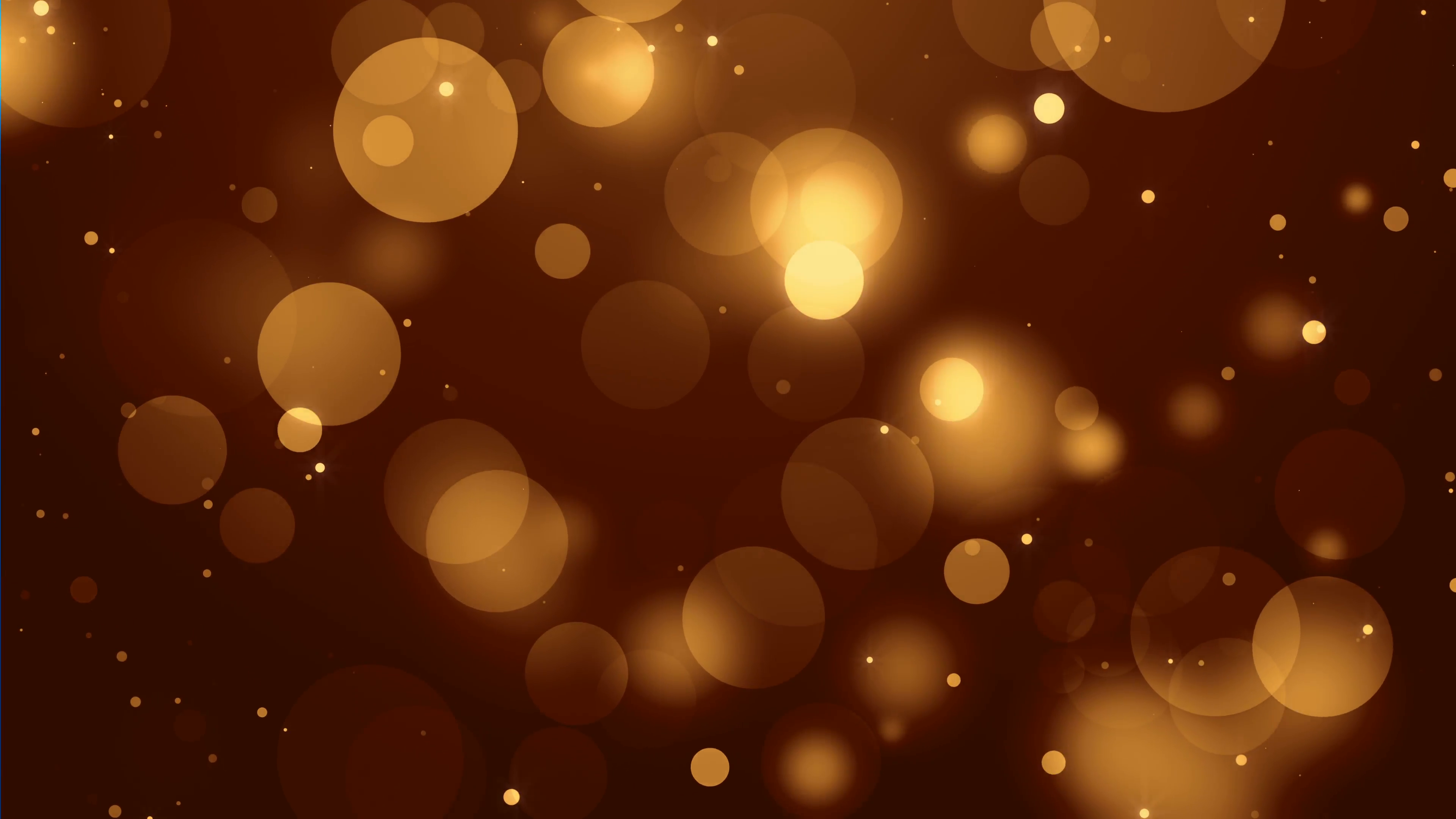
#Bokeh full full#
The good news is that for full body portraits, this is not really a problem. Hence many macro photographers use a system called focus stacking, where you take several shots with a different focus point and stitch these together afterward. If you’ve ever tried your hand at macro photography, you’ll also have noticed that the in focus part is extremely thin. This is because the closer your subject is to the lens, the more this shallow depth of field effect is boosted or exaggerated. If you’ve ever tried shooting face portraits at f/1.4, you’ll probably have had problems with achieving an image that looks in focus. And this is exactly what we want to achieve in this case. Due to lens design and the laws of physics, this also means that the in-focus area will be smaller with a large aperture than with a small aperture. This is great for low light shooting, as the more light hits the sensor, the shorter the time will be to achieve a good exposure. So f/4 is a larger opening that f/16 for instance. Counterintuitively, the lower the number, the more open your lens will be, and the more light will hit the sensor. Most lenses have an aperture of a range between f/1.4 to f/22. These can be opened or closed using the aperture ring (or through your camera). If you have a look inside your lens, you’ll most likely see tiny little aperture blades. Aperture relates to size of the opening of the lens. The general rule is the faster your aperture, the more blurry the background will be. One of the most important settings in order to achieve Bokeh in a full body portrait will be Aperture. We’ll have a look at what is needed to achieve this much sought after look.īest Aperture for Bokeh in a full body portrait But for a nice bokeh effect in a full body portrait, there are a few more things to consider.

And it’s currently considered that the more shallow the depth of field is, the more eye pleasing your image will be.Īchieving a beautiful bokeh with headshots is relatively easy, you have to make sure that the eyes are in focus. Much depends of course on personal preference when it comes to bokeh, but in general the trend is the more ‘creamy’ the background the better. This includes how round the specular highlights are in that part of the image (the bokeh balls) as well as how blurry the background is and the smoothness of the transition between the sharp subject and blurry background. What the Japanese call “bokeh” is basically the quality of the out of focus part of the image.

#Bokeh full how to#
Achieving Bokeh in a full body portrait Introductionīefore we get into how to get bokeh in a full body portrait, let’s have a look at what this actually means.


 0 kommentar(er)
0 kommentar(er)
